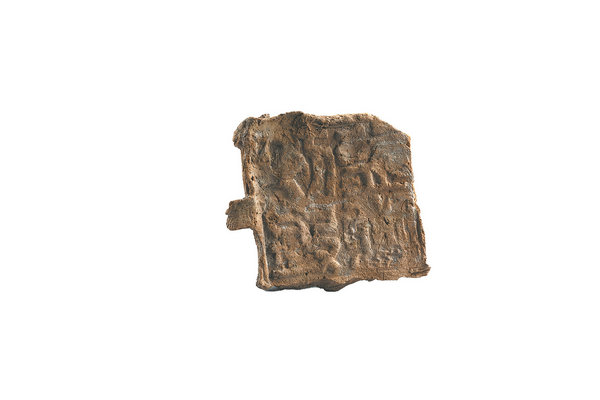Discoveries give the ancient past a future
Seals and wooden slips reveal an elaborate and efficient administrative system, Deng Zhangyu reports in Kunming.


For Jiang, the archaeologist who has devoted to finding the Dian Kingdom since the 1990s, the discovery of the historical transition from the ancient Dian Kingdom to Yizhou Commandery was extremely challenging and took him nearly 30 years.
"It was like a blind person feeling an elephant. Archaeology involves piecing together these traces bit by bit to build an understanding of the entire past society," says the 59-year-old.
Before the archaeological discoveries at Hebosuo site, many thought that Yunnan was incorporated into the central authority during the Yuan Dynasty (1271-1368) based on limited historical records. Prior to that, local regimes were in constant contention with the central government, says Jiang.
Their findings now clearly prove that as early as 109 BC, Emperor Wu of Han sent a general south to Yunnan, establishing the Yizhou Commandery and 24 subordinate counties. Consequently, the Dian princedom was officially incorporated into Han territory.
Jiang explains that Emperor Wu of Han set up the Yizhou Commandery to open up a new military route to strike at the rear of the nomadic Xiongnu people.
In order to effectively resist the threat posed by the Xiongnu from the western regions, he planned to send troops to the ancient Dian Kingdom, thereby encircling the Xiongnu from the southwest. This strategy aimed to weaken the threat to the Han Dynasty's borders.
"While strengthening central authority, the establishment of the Yizhou Commandery also promoted the stability and development of border regions, serving as a vivid illustration of the unity, inclusiveness, and peaceful nature of Chinese civilization," says Jiang.
Li Yingqing contributed to this story.





































